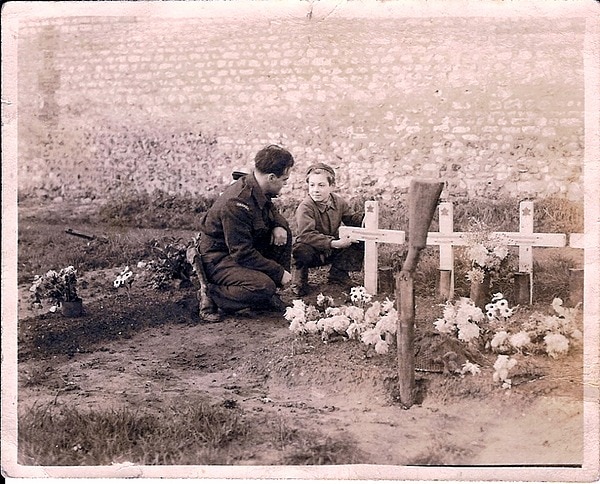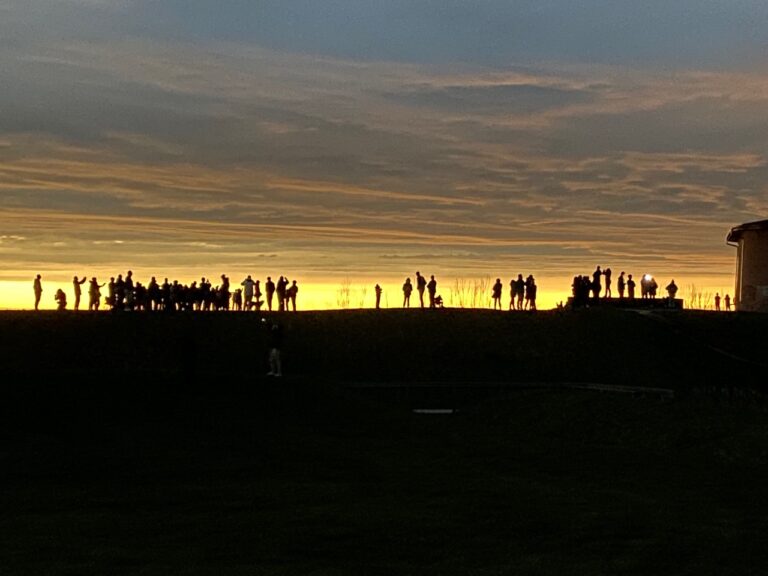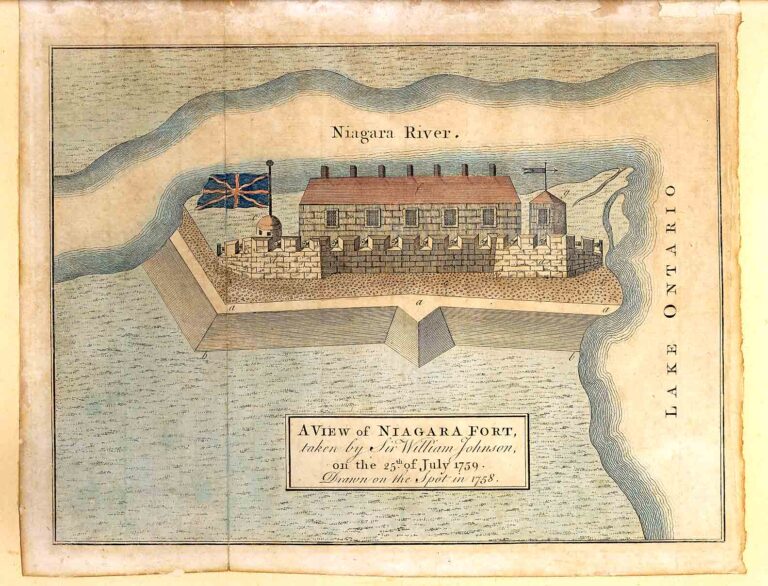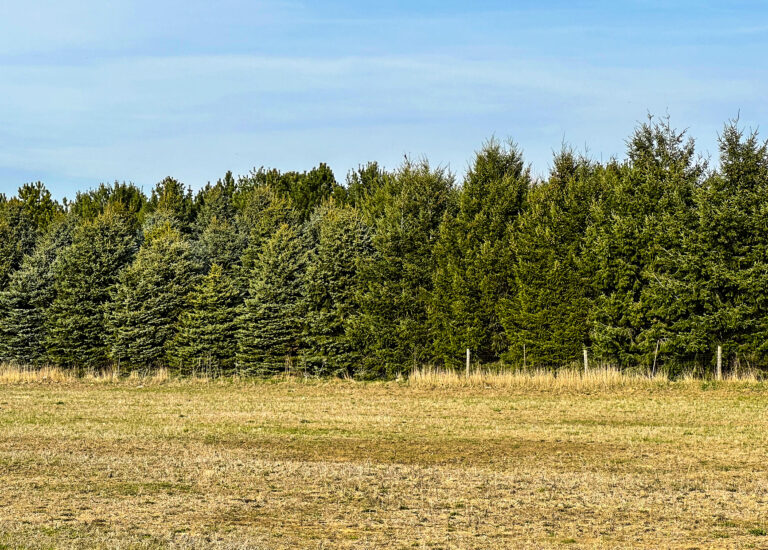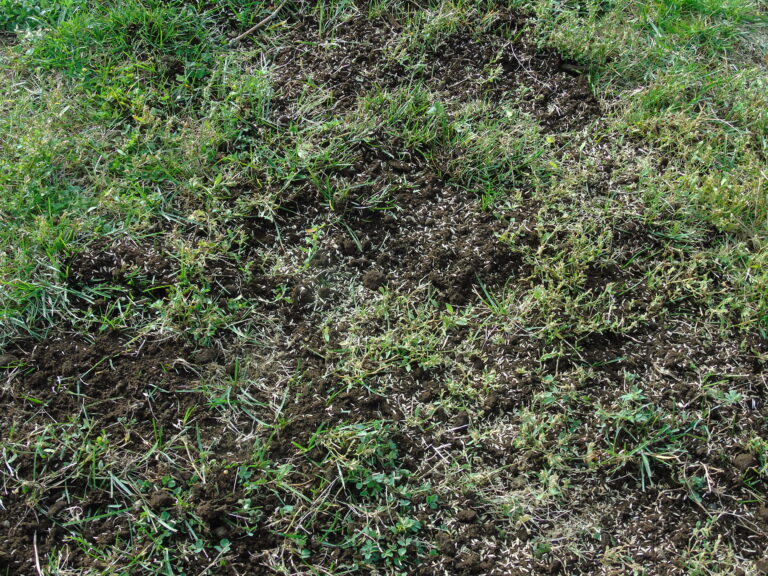Ron Dale
Special to The Lake Report
Men and women from the town and township of Niagara, now Niagara-on-the-Lake, had served in the army, navy and air force since the beginning of the Second World War in September 1939.
Casualties had not been overwhelming during the first five years of the conflict. Seven men had been killed in combat, mostly bomber crew and there were three accidental deaths.
The year 1944 was much worse. Between June and December 1944, 18 men were killed in action and another three suffered accidental deaths.
Thirteen of these men were soldiers killed following D-Day in the Canadian advance into France, Belgium and Holland. Five were members of RCAF bomber crews shot down over western Europe.
Percy Samuel Hindle was the first of the local soldiers killed in France after the June 6, 1944, invasion of Europe.
Hindle was born in Niagara-on-the-Lake on March 16, 1923, and grew up on Gate Street.
He left school early, attending only one year of high school before working at various odd jobs before finding employment as a truck driver.
In 1940, his older brother Frank enlisted in the Canadian army, joining the Argyll and Sutherland Highlanders at Camp Niagara in 1940.
The regiment provided guards for the Welland Canal before being shipped to Jamaica for garrison duty in September 1941. The Argylls returned to Canada and Camp Niagara in May 1943.
It was just prior to this that Percy decided to enlist, joining the army on April 2, 1943. After basic training in Toronto and Brantford, Pte. Percy Hindle joined his brother as a member of the Argyll and Sutherland Highlanders on June 15, 1943.
In a little over a month, he was with his regiment in Great Britain.
The Argylls trained in England for the next 11 months in every aspect of infantry drill and tactics, in anticipation of the eventual invasion of Europe.
The soldiers were disappointed that they did not land in France on D-Day on June 6, 1944. When the regiment was finally moved to the Tilbury dock for embarcation, the men were “excited,” according to the diary of company Sgt.-Maj. George Mitchell. Percy Hindle stepped ashore in France on July 26, 1944.
On July 28, the Argylls travelled through the suburbs of Caen, south of the Orne River, which had been captured in Operation Atlantic on July 20. Sgt.-Maj. Mitchell recorded in his diary: “Caen smashed – leaves one with hopeless feeling.”
The following day, the regiment was posted away from the active combat zone, relieving a British regiment at Fleury-sur-Orne, south of Caen. The dust that rose when the Argylls arrived in this situation attracted German artillery fire.
Sgt. Ed Dickinson recalled: “This side of Caen we were bombed, and the Germans were lobbing over 88s (artillery shells), and they got some of our guys … we’d just gotten there and dug in. The fortunes of war, somebody got it.”
Hindle was one of the “somebodies.” He was mortally wounded while Pte. W.D. McCann, with whom he shared his trench, was killed instantly. They were the first two casualties suffered by the Argylls.
Neither man expected to die at that place at that time. Pte. John Craig remembered the event: “A fellow from Niagara-on-the-Lake, Percy Hindle, he got killed. He was, of all things, laying out and sunning himself on the side of his slit trench, and a shell landed and killed him …”
Hindle and McCann were buried close to where they fell, in a walled garden in Fleruy-sur-Orne. The service for the dead was brief but formal with a regimental piper playing the haunting lament, “Flowers of the Forest.”
In Niagara-on-the-Lake a requiem high mass was performed in Hindle’s memory.
His brother Frank continued to fight in the Argylls but was wounded in a mortar attack a few weeks after Percy’s death.
After the war, Hindle’s body was moved from his temporary grave to the Canadian War Cemetery at Bretteville-sur-Laize in Normandy. He is commemorated on the memorial clock tower cenotaph on Queen Street in Niagara-on-the-Lake.



